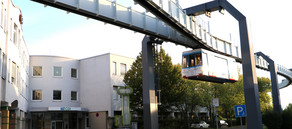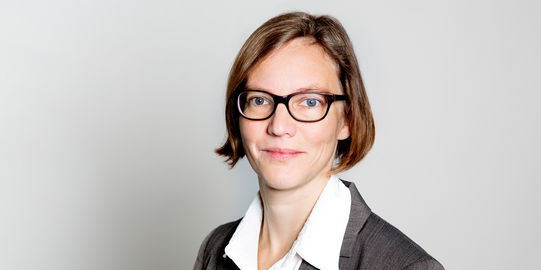MoKoM - Motivation and Competence in Music
In this project we investigate the influence of favorable motivational conditions on motivation and acquisition of competence in music. In an experimental approach, the influence of a motivation-oriented teaching on motivational orientations on the one hand and the acquisition of musical competencies on the other is investigated.
Funding
Own funds Professor McElvany
Project description
This study examines whether motivation for music lessons on the one hand and listening competences on the other hand can be fostered measurably by taking account of motivationally beneficial teaching conditions.

As in other subjects, intrinsic motivation of students is an important goal, but an important condition of learning, too. In addition to motivation, acquisition of competence is a central goal of music teaching. An important area of musical competences is listening to music. It is possible to deduce from the self-determination theory of motivation that the experience of autonomy, competence and relatedness in music lessons is both conducive to motivation and to the acquisition of competences.
In an experimental design, approximately 300 students of grade 6 are teached in one of three test conditions and tested at three measurement points (pre-, post- and follow-up test). Classes in Experimental Group 1 (EG1) receive a two-lesson teaching unit with materials on the topic of listening to music which were orientated at the concept of Audiation, taking into account the three basic needs of self-determination theory. In Experimental Group 2 (EG2) music lessons with the same materials are teached without systematic consideration of the motivational basic needs. Students in a Control Group (CG) receive two regular music lessons to other content areas during the same period.
It is expected that students in EG1, in contrast to students in EG2 and CG, report a higher experience of the basic needs after the end of the intervention and show a higher motivation for music lessons. Furthermore, it is assumed that increased motivation for music teaching (EG1 vs. EG2) is associated with a higher learning gain in the competence of listening to music. No increase in competence is expected for the CG. The study is intended to provide insights into the short- and medium-term impact of motivational support on competence development.






![[Translate to English:] [Translate to English:]](/storages/ifs-ep/_processed_/8/5/csm_AdobeStock_412860748_9a2dbb816c.jpeg)
